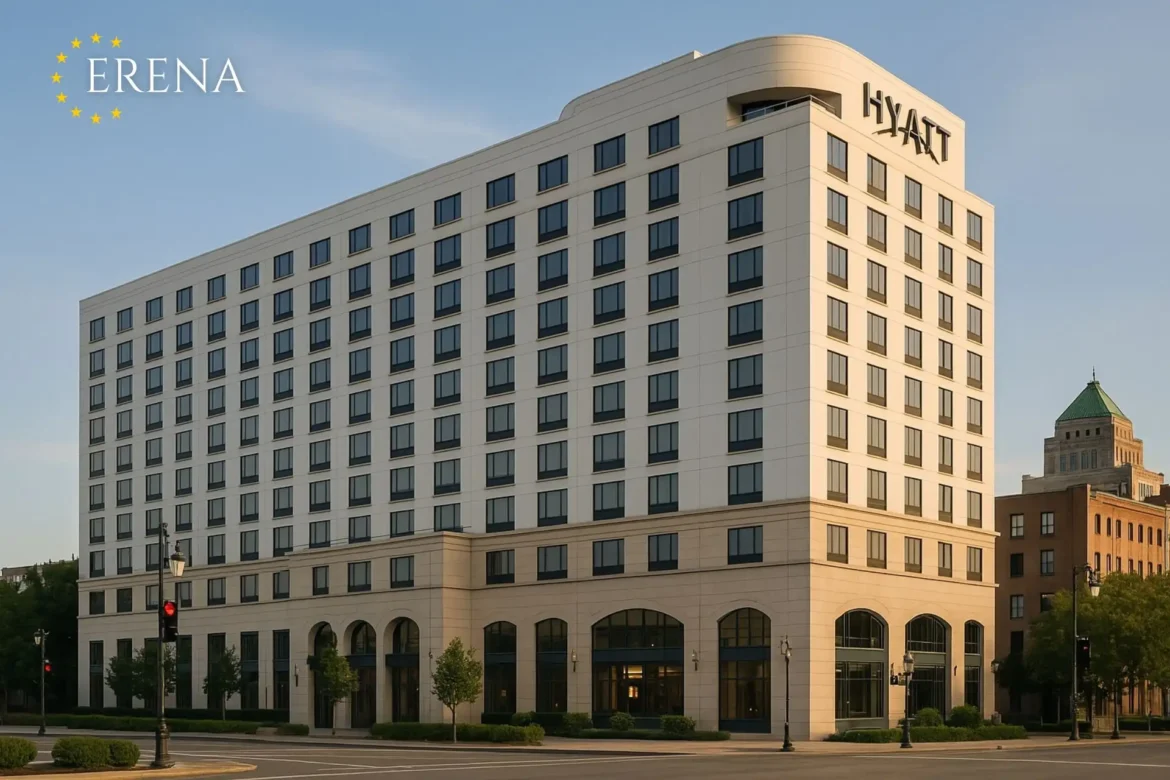Hyatt Hotels Corporation, under the guidance of CEO Mark Hoplamazian, has embraced a transformative asset-light strategy, significantly reshaping its business model. This strategic shift, involving the sale of approximately $2 billion in assets, aims to boost growth through management and franchise agreements rather than capital-intensive property ownership.
Why Hyatt Chose an Asset-Light Model?
Hyatt began transitioning to this model in 2017, focusing on maximizing financial flexibility and operational efficiency. The sale of owned properties allowed Hyatt to reinvest proceeds into high-value brand acquisitions, diversifying its portfolio, especially in the upscale and luxury hospitality markets.
Key Sales and Strategic Reinvestments
From 2017 to 2024, Hyatt successfully sold over $4 billion worth of hotel properties, strategically timing sales to optimize valuations. Proceeds funded key acquisitions, including:
- Apple Leisure Group: Acquired in 2021 for $2.7 billion, expanding Hyatt’s reach in luxury all-inclusive resorts across 11 European markets.
- Dream Hotel Group: Purchased in 2022 for an initial $125 million investment, potentially rising to $300 million, significantly bolstering Hyatt’s lifestyle segment.
Latest Move: Playa Hotels & Resorts Acquisition
Hyatt recently announced its plan to acquire Playa Hotels & Resorts for approximately $2.6 billion, including debt. Playa operates 24 luxury resorts across Mexico, Jamaica, and the Dominican Republic. In line with its asset-light approach, Hyatt intends to sell Playa’s real estate holdings post-acquisition, generating at least $2 billion by 2027.
Impact of the Asset-Light Strategy
This strategic shift has notably reduced Hyatt’s capital expenditures and improved profitability, as management and franchise contracts offer higher margins and lower financial risk. This model allows Hyatt to expand rapidly in global markets while maintaining strong financial stability.
Industry Trends and Competitive Positioning
Hyatt’s approach mirrors broader industry trends, with hospitality giants like Marriott and Hilton similarly adopting asset-light models. These strategies help hotel chains scale efficiently, improve returns, and remain competitive in a fast-evolving hospitality landscape.
Conclusion
Under CEO Mark Hoplamazian’s leadership, Hyatt’s asset-light model has significantly strengthened its competitive position, enabling focused growth, diversified brand offerings, and enhanced shareholder value. The strategy positions Hyatt for continued global expansion and sustainable success.


1 comment
I really like your writing style, good info, regards for posting :D.